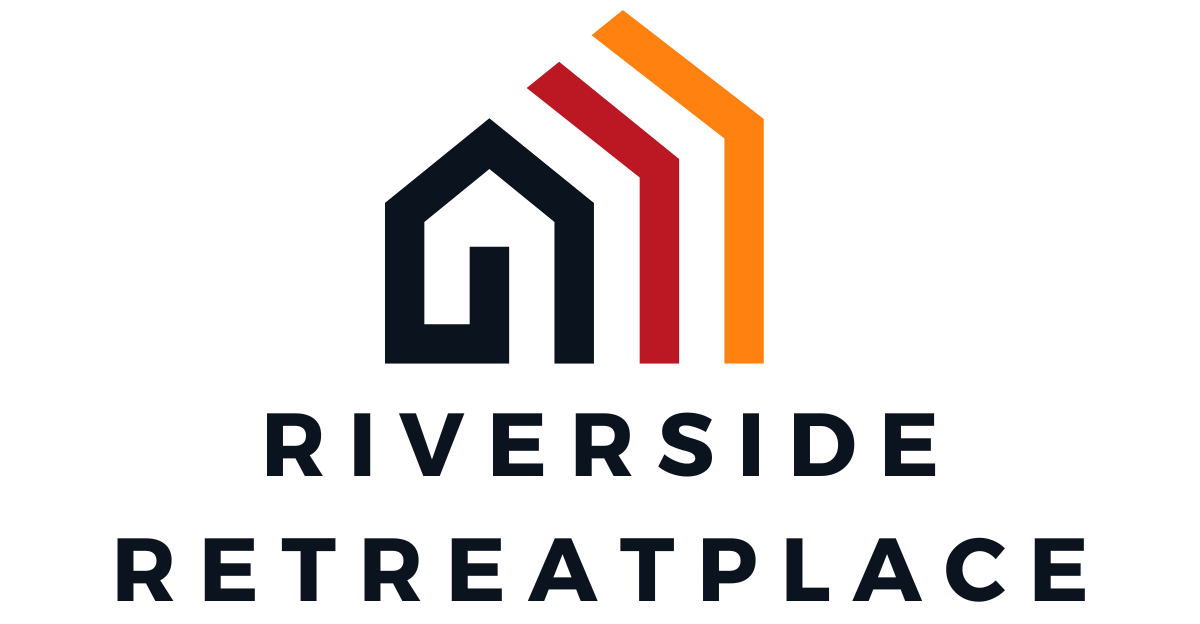
Investment Property Loans 10 Percent Down: Unlock Your Path to Real Estate Wealth
Investing in real estate can feel like a high-stakes game of Monopoly, but what if you could grab that coveted Boardwalk property without breaking the bank? Enter investment property loans with just 10 percent down. This golden ticket not only opens the door to potential rental income but also lets investors dip their toes into the real estate pool without splashing too much cash upfront.
Imagine owning a property that pays for itself while you sip iced tea on your porch. With the right financing, that dream isn’t just a fantasy. A 10 percent down loan can make it happen, allowing savvy investors to leverage their money and build a portfolio. So, let’s dive into the world of investment property loans and discover how a small down payment can lead to big rewards.
Investment Property Loans 10 Percent Down
Investment property loans with a 10 percent down payment offer a pathway for many individuals interested in real estate. Reduced initial investment costs make financing accessible to a broader range of investors. These loans primarily target properties that generate rental income, allowing investors to benefit from cash flow while minimizing their upfront financial commitment.
Lenders typically evaluate potential borrowers based on several criteria. Credit scores, rental property location, and overall income play significant roles in securing a loan. A borrower with a good credit score often experiences more favorable loan terms. Properties in high-demand areas frequently attract better financing options, reflecting their potential for generating rental income.
Cash flow is another critical aspect. Rental income should ideally cover monthly mortgage payments and additional expenses. Positive cash flow creates an opportunity for investors to reinvest profits into additional properties or upgrades. Investors with multiple properties may diversify their portfolios, leveraging their equity for further investments.
Additionally, understanding interest rates is essential. A lower interest rate can drastically reduce the overall cost of borrowing. Market fluctuations influence these rates, and potential buyers should keep an eye on trends.
Lastly, a 10 percent down payment often requires private mortgage insurance (PMI). This added cost affects monthly payments but typically decreases as the borrower builds equity in the property. Evaluating all aspects of investment property loans helps prospective buyers make informed decisions that align with their financial goals.
Benefits of 10 Percent Down Loans

Investment property loans requiring just a 10 percent down payment offer several advantages for real estate investors. These loans provide significant opportunities for both entry-level buyers and seasoned investors aiming to expand their portfolios.
Lower Initial Investment
Lower initial investment reduces financial burden on investors. A down payment of only 10 percent allows investors to secure properties without facing overly steep upfront costs. Many choose to allocate funds to renovations or other investments instead of tying up a large sum in a down payment. This approach increases affordability, making it easier for investors to enter competitive real estate markets. With reduced financial strain, individuals find it simpler to manage cash flow and plan for future investments. Low down payment options attract a wider range of borrowers, especially those who might struggle with larger down payments.
Increased Cash Flow Potential
Increased cash flow potential stems from the ability to purchase properties with minimal upfront costs. By investing less initially, landlords can generate rental income sooner. More funds remain available for operational expenses such as maintenance and marketing. Many realize that this strategy not only boosts income but also enhances reinvestment opportunities. Enhanced cash flow supports continuous growth, allowing investors to acquire additional properties. This approach aligns with real estate investment goals by maximizing both current profits and long-term returns. Overall, increased cash flow leads to greater financial flexibility and stability in an investor’s portfolio.
Types of Investment Property Loans
Investment property loans with a 10 percent down payment come in various forms. Understanding these types helps investors select the best option for their financial situation.
Conventional Loans
Conventional loans offer competitive interest rates for investment properties. These loans often require a minimum credit score of 620. Many lenders assess the borrower’s financial history and the property’s income potential. This allows investors to purchase multiple properties while maintaining affordability. Loan terms typically range from 15 to 30 years, providing flexibility for repayment. Additionally, investors may choose fixed or adjustable-rate options based on their risk tolerance and market conditions.
FHA and VA Loans
FHA loans allow investors to secure properties with a smaller down payment, sometimes as low as 3.5 percent. These loans cater primarily to first-time homebuyers but can apply to investment properties under specific conditions. VA loans require zero down payment for eligible veterans and active-duty service members. Both FHA and VA loans require mortgage insurance that adds to monthly payments. Investors with modest credit scores may find these loans particularly appealing, as they increase access to homeownership in the rental market.
Eligibility Criteria for 10 Percent Down Loans
Investors seeking 10 percent down loans must meet specific eligibility criteria. These criteria ensure lenders can assess the borrower’s capability to manage the loan responsibly.
Credit Score Requirements
A minimum credit score of 620 is typically required for conventional loans. Investors with higher credit scores may receive more favorable interest rates and terms. Lenders rely on credit scores to gauge the risk of lending; thus, individuals with exemplary credit often enjoy better loan options. Negative marks on credit reports can hinder approval chances. Aiming for a solid credit profile enhances opportunities for securing a favorable loan.
Debt-to-Income Ratio
Lenders assess the debt-to-income (DTI) ratio to evaluate an investor’s financial stability. A DTI ratio below 43 percent is generally preferred, ensuring that borrowers can comfortably manage monthly payments. This ratio compares an investor’s total monthly debt payments to gross monthly income, illustrating financial health. A lower DTI ratio indicates better affordability, making borrowers more appealing to lenders. Maintaining a balanced financial portfolio supports successful loan applications and offers a pathway to investment opportunities.
Tips for Securing a 10 Percent Down Loan
Securing a loan with only a 10 percent down payment requires strategic planning and smart decisions. Here are key tips to enhance the chances of approval.
Improve Your Credit Score
Improving a credit score significantly influences loan approval opportunities. Start by paying down existing debts and making payments on time, as these actions boost credit ratings. Additionally, using less than 30 percent of available credit limits reflects responsible credit management. Regularly reviewing credit reports helps identify any errors, which can be disputed for improvement. Keeping credit inquiries to a minimum also protects scores, with fewer checks suggesting stability. A score of 620 or above typically opens doors to favorable loan terms.
Shop Around for Lenders
Shopping around for lenders helps identify competitive offers. Different lenders provide various terms, so comparing rates and fees informs better decisions. Engaging with multiple financial institutions allows borrowers to explore options that suit their specific needs. Online resources often feature comparison tools, simplifying the evaluation process. Establishing connections with local banks and credit unions can yield personalized service and potential discounts. Always ask about the interest rates and the required qualifications for each loan type to secure the best deal.
Conclusion
Exploring investment property loans with just a 10 percent down payment opens doors for many aspiring investors. This financing option not only reduces the initial financial burden but also accelerates the journey toward building a profitable real estate portfolio. By leveraging rental income and maintaining positive cash flow, investors can reinvest profits and enhance their financial standing.
Understanding eligibility criteria and strategically improving credit scores can significantly impact loan terms. With careful planning and smart choices, investors can maximize their opportunities in the real estate market. Ultimately, a 10 percent down payment can be a powerful stepping stone toward long-term success in property investment.
